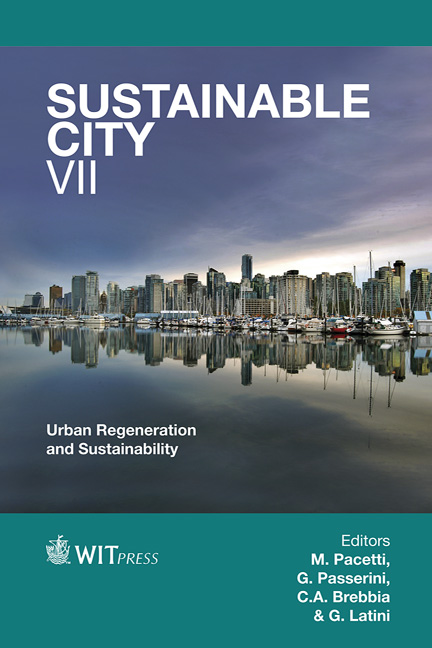Evaluation Of Sustainable Vernacular Architecture And Settlements In Yunnan
Price
Free (open access)
Transaction
Volume
155
Pages
11
Page Range
905 - 915
Published
2012
Size
944 kb
Paper DOI
10.2495/SC120762
Copyright
WIT Press
Author(s)
L. Wang & Z. Yang
Abstract
The settlement and vernacular architecture in Yunnan can be imagined as a living organism which is the outcome of centuries of optimization of topography adaption, climate consideration, material use, construction techniques, etc. The environment and the multiple forms of Yunnan traditional dwellings reflect the balanced development of residential houses, cultural background and natural ecology, forming regional context and system. This paper aims to explore and evaluate sustainable vernacular architecture and settlement from a settlement layout, architecture form and natural architecture materials so as to put forward the sustainable perspective. It also can be taken as an example for modern building and landscaping design. Keywords: vernacular architecture, settlement, sustainable perspective. 1 Introduction Yunnan is located in the southwest of China. It is a large province boasting strong regional features, of various types and national characteristics with traditional settlements. The whole province has 51 minority nationalities, eight autonomous regions, among which 26 minority nationalities have a population of over 5000 and stable distributions. The Bai, Hani, Dai, Naxi, Lishu, Lahu, Wa, Jingpo Pumi, Dengang, Dulong, Jinuo nationalities are unique in Yunnan. They are rare worldwide also. Being mountainous and isolated, Yunnan falls behind many places in China. However, it is the very development lag that many small towns and villages in Yunnan collectively contain some of the best-preserved and aesthetically delightful traditional architecture as well as settlements with minority nationalities in all of China. This is the precious architecture and culture heritage
Keywords
vernacular architecture, settlement, sustainable perspective.





